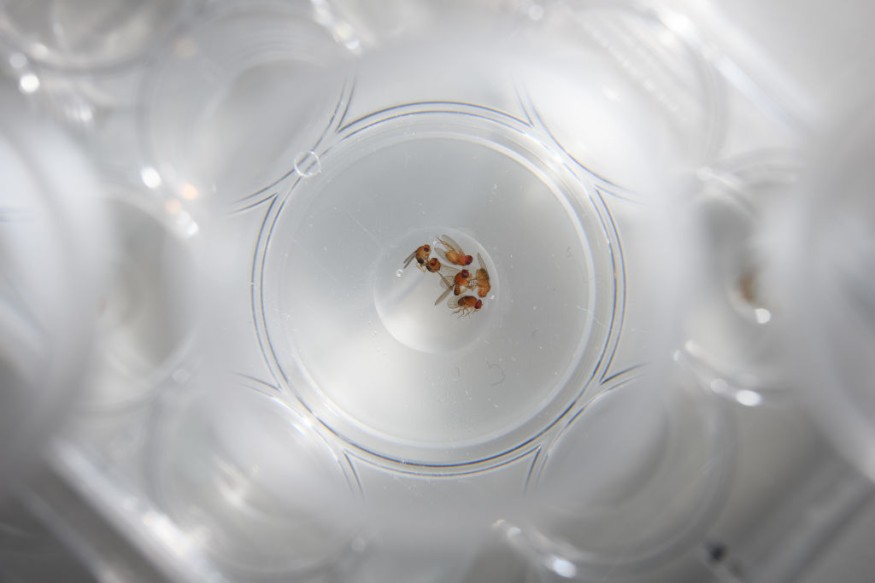A study conducted on fruit flies reveals that there might be more mutations that affect aging than scientists previously thought.
Researchers from Linköping University in Sweden have conducted a new study that resulted in findings that support a novel theory regarding the type of mutation that causes aging. Most people have come to accept that aging is an irreversible process - an organism is born, it develops, ages, and eventually dies.
However, for evolutionary biologists, this is not the case. Urban Friberg, senior lecturer at Linköping University's Physics, Chemistry, and BIology department explains that "the evolution of aging is, in a manner of speaking, a paradox." Friberg adds that there are organisms that continue to develop but without ceasing to age.
The details and results of their study are published in the journal BMC Biology.

Aging in Organisms
Aging is defined as the "decline in physiological function with age, which results in a gradual decrease in survival and/or reproductive performance." While most theories support that aging, and its characterizations, are based on genetics. For aging to work in response to the declining strength of age-selection, researchers noted the need for a genetic architecture that accommodates mutations with age-specific effects.
Evolutionary biologists came up with two theories, about seventy years ago, to explain the two types of mutation that causes aging. Both mutations were explained to be detrimental to the organism over time - causing it to age. These mutations, however, may either be advantageous or simply neutral early in the organism's life. However, researchers have not yet identified which of these mutations contribute more to aging.
The study from Linköping University used the Drosophila melanogaster, or the fruit fly, one of the most common subjects for research around the world. Researchers experimented with 20 different mutations introduced to the genetic material of the flies. Each experiment had mutated and control groups. The mutations were visibly observable for the researchers - a different appearance of the wings, or a difference in the eye of the flies.
RELATED: New Study Mimics Fly Vision for Rapid Flight Control in Robots
Testing the Theory of Mutations
Researchers then used the fertility of fruit flies as the metric for aging. As organisms grow older, their chances of death increase, and their ability to give birth reduces. They did this by counting the eggs laid by female specimens early on, then every two weeks - to see if the introduced mutations affected the rate at which these flies laid eggs.
Results show that the mutations had negatively affected the fertility of the fruit flies early in life, while others caused the fruit flies to lay eggs more rapidly. Sixteen of the mutations tested had adversely affected fecundity, with 14 of these 16 mutations increasing in effect as the flies aged.
"The results suggest that mutations that are detrimental early in life can also contribute to aging," said Martin Iinatti Brengdahl, a Ph.D. student at Linköping University's Physics, Chemistry, and BIology department. He explained: "it may be that mutations that bring on aging are significantly more common than we previously believed."
RELATED: Too Lazy to Exercise? Is It Genetic?
Check more news and information on Aging in Science Times.
© 2026 ScienceTimes.com All rights reserved. Do not reproduce without permission. The window to the world of Science Times.










